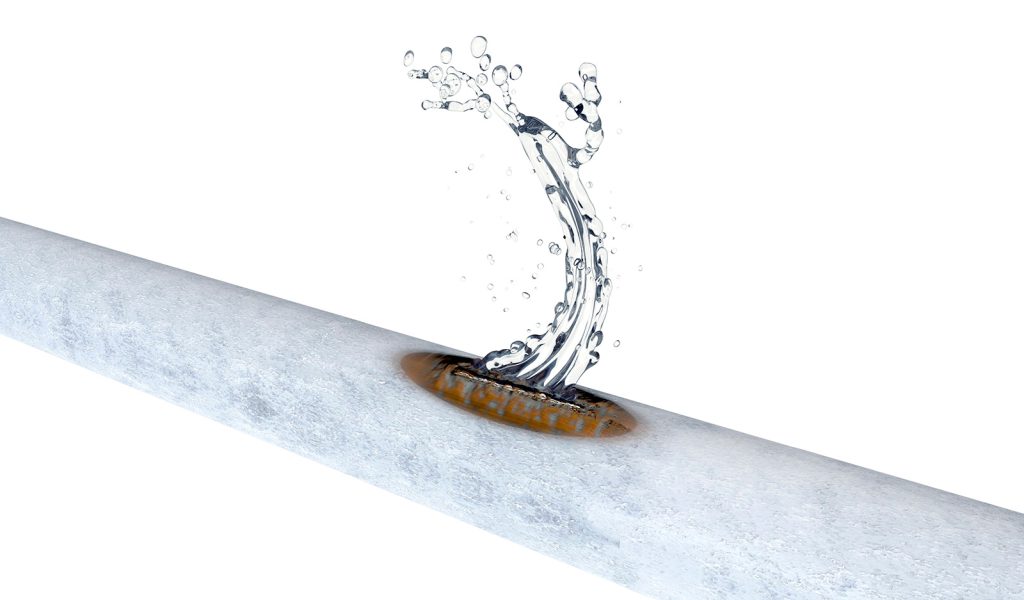Call This Tuesday to Get $50 OFF
Call This Tuesday to Get $50 OFF
Call This Tuesday to Get $50 OFF
Call This Tuesday to Get $50 OFF
Fall is fast approaching and before you know it, winter will be upon us. Even though we live in Southern California, temperatures can drop suddenly. Knowing how to prevent frozen pipes can save you costly repairs.

When the temperature drops, your pipes are at risk of freezing and bursting. The pipes that are usually most at risk of freezing during cold weather are those in unheated interior spaces such as attics, basements, and garages.
Even pipes in heated spaces such as your cabinets can freeze and burst if they’re exposed to extreme cold temperatures. The good thing is that it's easy to prevent frozen pipes. If you follow the advice below, you can avoid the damage and hefty expenses caused by burst pipes.
Before the arrival of cold weather, you can prevent frozen pipes by following these tips:
As the temperature drops, you should follow these tips to help prevent frozen pipes and keep them warm and running. Research from the Building Research Council at the University of Illinois shows that the “temperature alert threshold” is 20° F. When it comes to using energy-saving methods in your home, it is often cheaper to spend a little money by turning up the heat to save a lot of money that would be spent fixing a burst pipe.
Here’s what to do to prevent frozen pipes:
Are you dealing with a leaky faucet, low water pressure, or a broken handle? If so, you might need a faucet…
A properly working garbage disposal makes kitchen cleanup easy and efficient. If your disposal is acting up—making loud noises, leaking, or…
When your main water line has a problem, it can cause a lot of trouble for your home. Leaks, low water…
Are you dealing with an old, leaky, or broken toilet? If so, it may be time for a toilet replacement in…
If you’re concerned about the quality of your water, water filtration installation in Pomona is a wise choice. A good filter…
Traditional snaking or chemical drain cleaners can harm pipes and aren’t always effective at reaching deep blockages…
Soap scum, hair, or skin are notorious for causing clogging in your shower. The substances accumulate over time, later coagulating and…
Nobody enjoys the thought of sewer problems. Whether it's blocked drains or overflowing toilets, a plumbing emergency can be a huge…
When you turn on the tap and only a trickle of water comes out, there’s a good chance that the pipes in your home are frozen. Frozen pipes can cause water to burst out of the lines and damage the rest of your plumbing. If a pipe has broken, turn off the water at the main shutoff valve, which is usually at the water meter or where the main line enters the house.
If the water is still running, but there are no signs of a pipe break, you can do the following to thaw the pipes:
If you are unable to locate the frozen area, if the frozen area is not accessible, burst or if you cannot thaw the pipe, call High Speed Plumbing today.